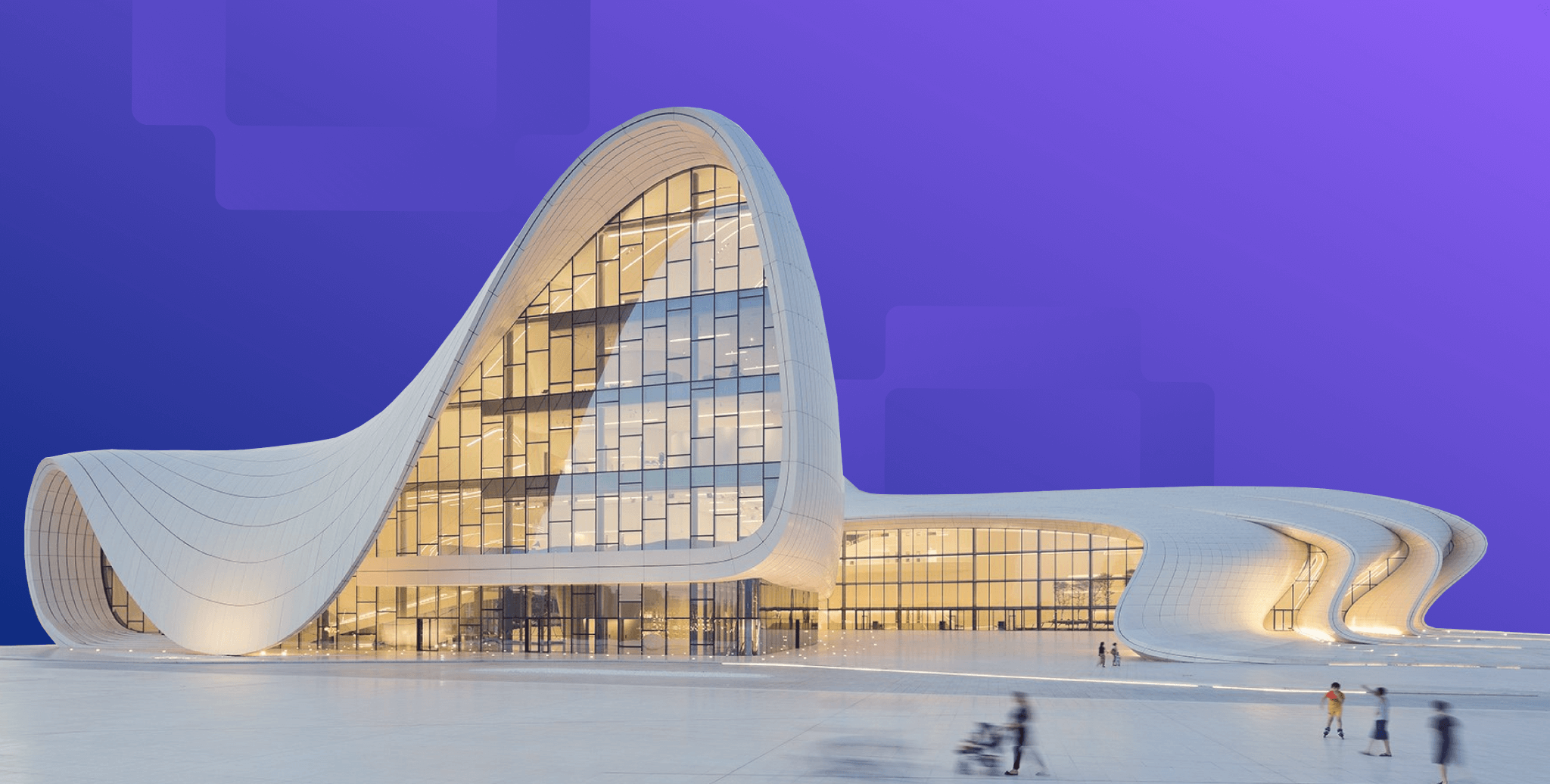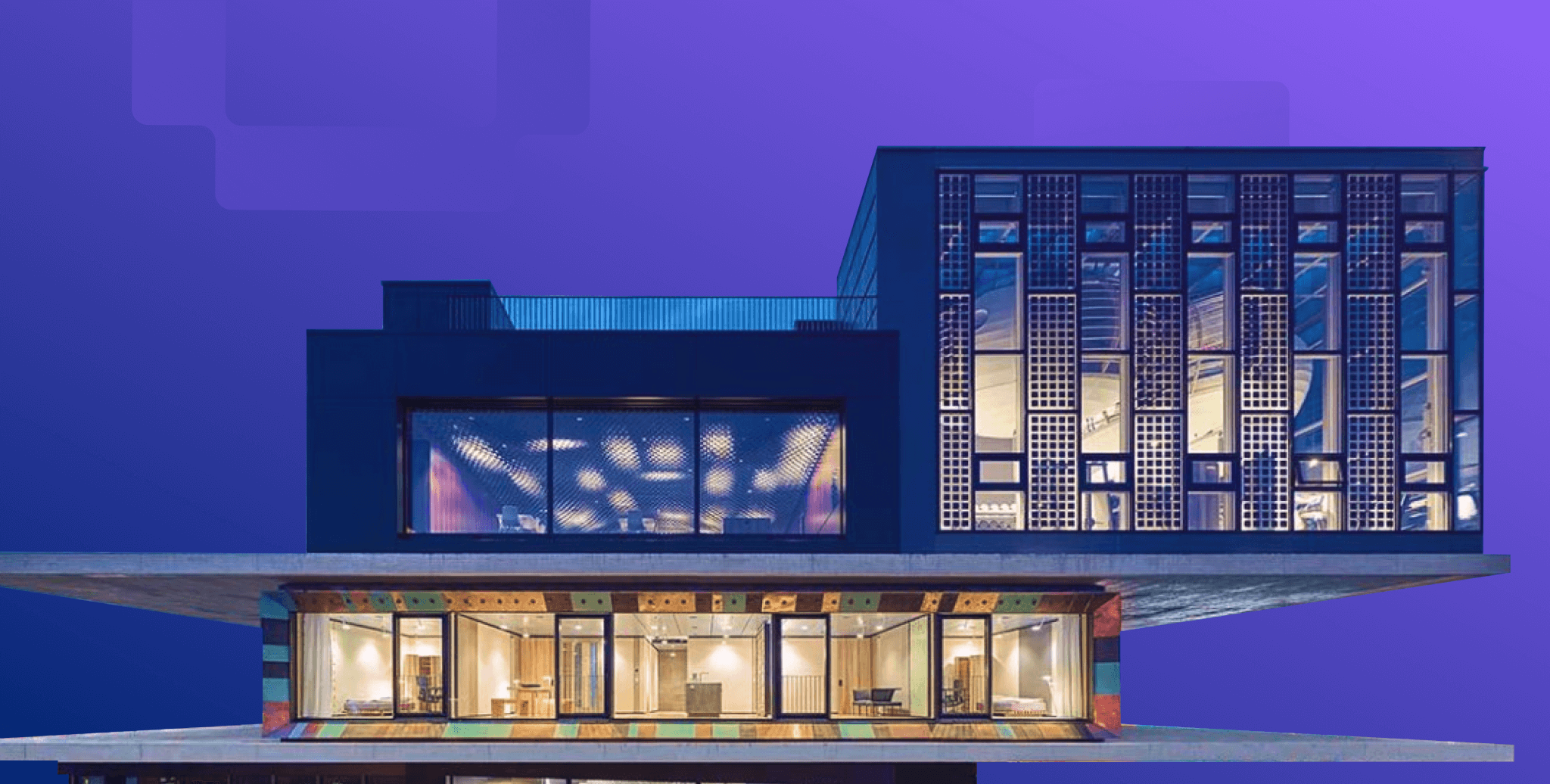10 Famous Architects and Their Design Philosophies You Should Know
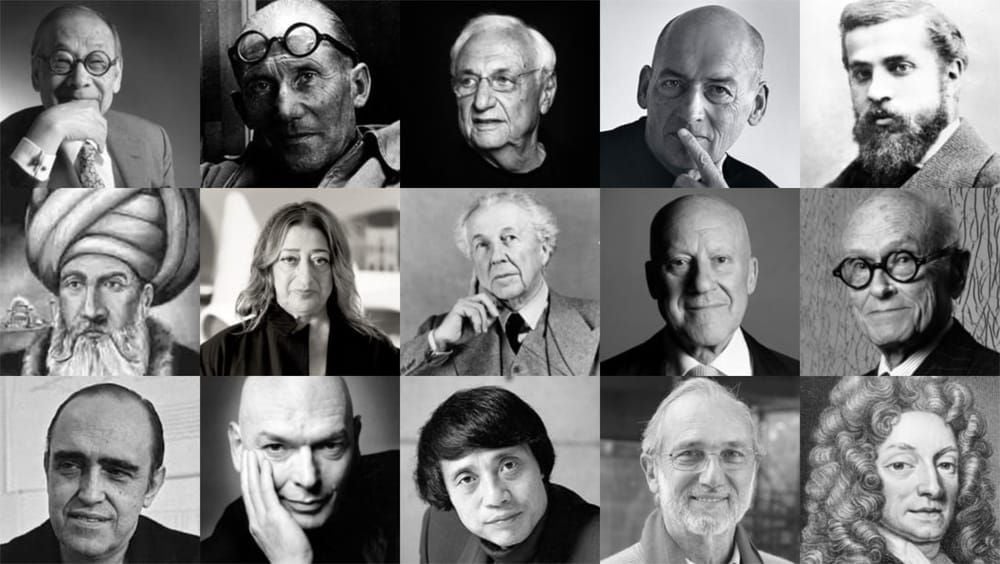
Table of Contents
Oscar Wilde says, “It often seems to me that art conceals the artist far more completely than it ever reveals him”. However, I have often found that if one looks carefully, one can find an artist’s innermost self and beliefs are woven intricately into his creations.
Architects are no different. As their careers unfold, they find their design thinking ideologies evolving and refining into distinct specializations. Most of them are driven by their desire to have the profession transcend the built environment, imbibe the cultural imprint of their site and impart a unique and memorable experience onto the users.
What Are Architectural Design Philosophies? Architectural design philosophies are the guiding principles that shape how architects design and construct buildings. These philosophies reflect personal beliefs and cultural values. From sustainability and context-driven design to innovation and empathy, understanding an architect’s philosophy reveals much deeper meaning behind their work. This guide explores unique design philosophies of 10 renowned architects whose ideas have shaped modern architecture.
For the People, of the People
One can not just be an architect, I thought to myself. The idea is to become a sthapati.
- BV Doshi, Indian Architect and Pritzker Prize Winner
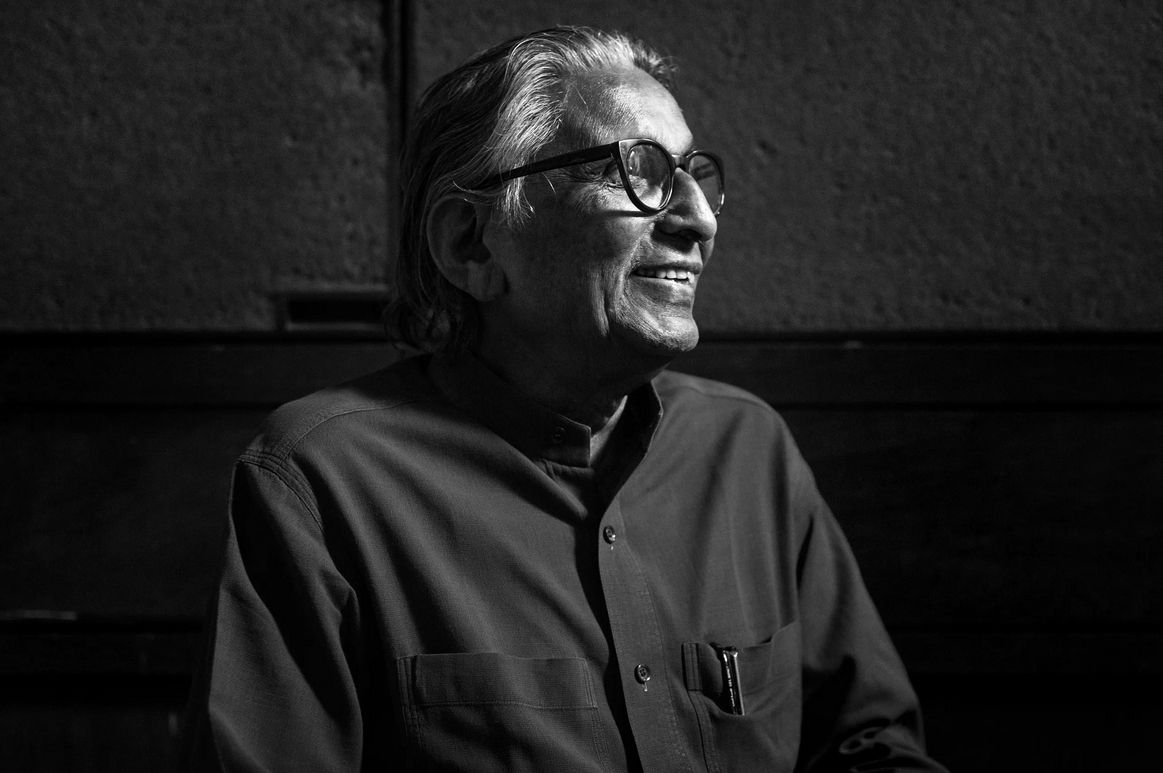
BV Doshi’s buildings are an extension of the community they are built for. They create a sustainable environment that is inclusive of the people and their lifestyle and culture, while simultaneously elevating their quality of living. A visionary, Mr. Doshi’s work has the effect of inculcating the time’s foreign influences into the local context of his Indian endeavors without compromising their authenticity. The one prominent value that is evident and consistent in all his creations is the element of empathy that shapes his creations.
Surprise, Surprise
They have to be infused with beauty and they should be surprised. It’s sometimes better not to know too much in advance what you will discover in a building.
- Manuelle Gautrand, French Architect

Her creations are guided by a unique and interesting philosophy of infusing an element of surprise in them. She believes that a user must not only derive functionality and ease in a building but must also be awed and intrigued by it. Much like art, her architecture provokes a deliberate myriad of feelings that asserts its existence and is, thus, memorable.
It is her design thinking philosophies and beliefs that led her to become the first woman ever to win the European Prize for Architecture in 2017.
Intimate Immensity
The idea of simultaneously feeling intimacy and immensity, such as in a forest where the trees embrace one on all sides but whose edges cannot be grasped, hence the immensity of the forest is also felt.
- James Corner, Landscape Architect
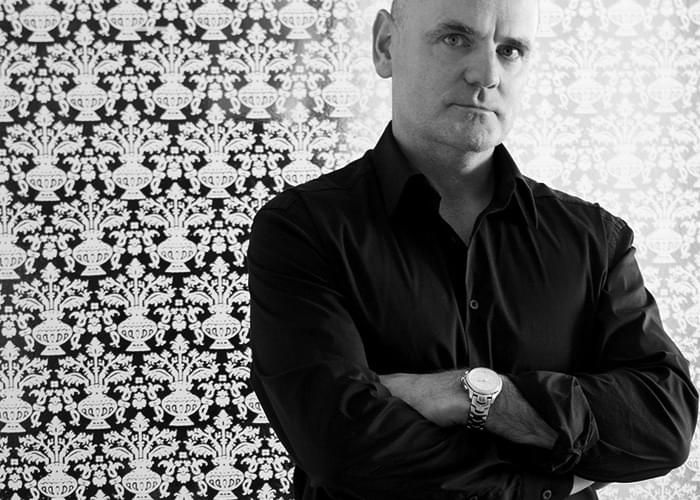
James Corner is one of the minds behind the iconic High Line park in New York. He believes that a landscape architect acts as a linchpin, if one may, for a project to be successfully realized. According to him, a well-designed public space can help cultivate tolerance and democracy within society. He designed these spaces on the concept of ‘intimate immensity’ that allows one to immediately relate to their surroundings while simultaneously being made aware- both physically as well as mentally- of the larger scale of the environment.
Irreducible Existence
Physically shaking a building, everything that was not strictly necessary falls. So why wait for the earthquake? Can’t we submit design to a mental force that has taken out everything that is not strictly necessary?
- Alejandro Aravena, Chilean Architect
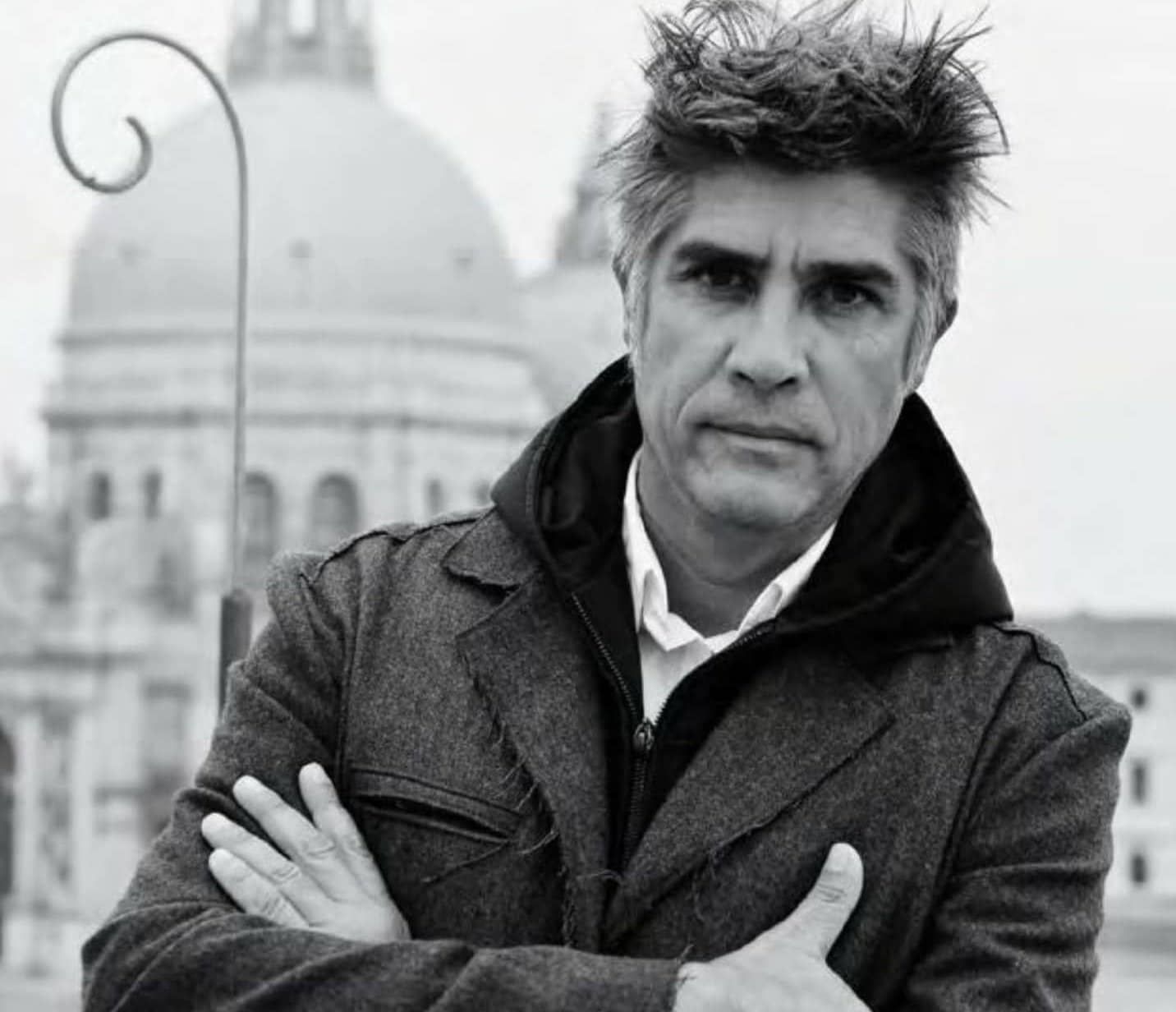
His architectural office, Elemental, aims at resolving public issues and imbibing a socially conscious methodology. Since they are based in Chile, which is prone to natural disasters, he believes in a design that responds to nature’s forces by remaining true to its function and does not possess unnecessary ‘frills’. In addition to being a derivative of the social climate, his designs also involve the community in the design process right from the start and emphasize the need for coordination of professional bodies with the society they design for.
Ancient Wisdom, Modern Thought
I am an Indian and all that I am comes from my heritage. It is an intrinsic part of my being and will naturally reflect in my work in many ways. The architect’s role is that of a guardian, he or she is the conscience of the built and the unbuilt environment.
- Brinda Somaya, Indian Architect

She envisions the role of an architect to be that of a guardian and an upholder of the diversity that the country has to offer and imbibes the same in her many projects. In the early years of her work, her design philosophy drew inspiration from the ancient texts of the country that said one’s negative impact on the land they live in must be negligible and till today, she has retained and further cultivated a well-founded concern for the environment into her work.
[Read: Traditional Take on the Modern: Parametricism and Culture ]
Contextual Currents
You can’t build anything meaningful if you don’t understand the context in depth. The context is extremely important, but the real context is not always apparent – very often it is forgotten and hardly visible: the history of a place, the traditions of a place.
- Daniel Libeskind, American-Polish Architect
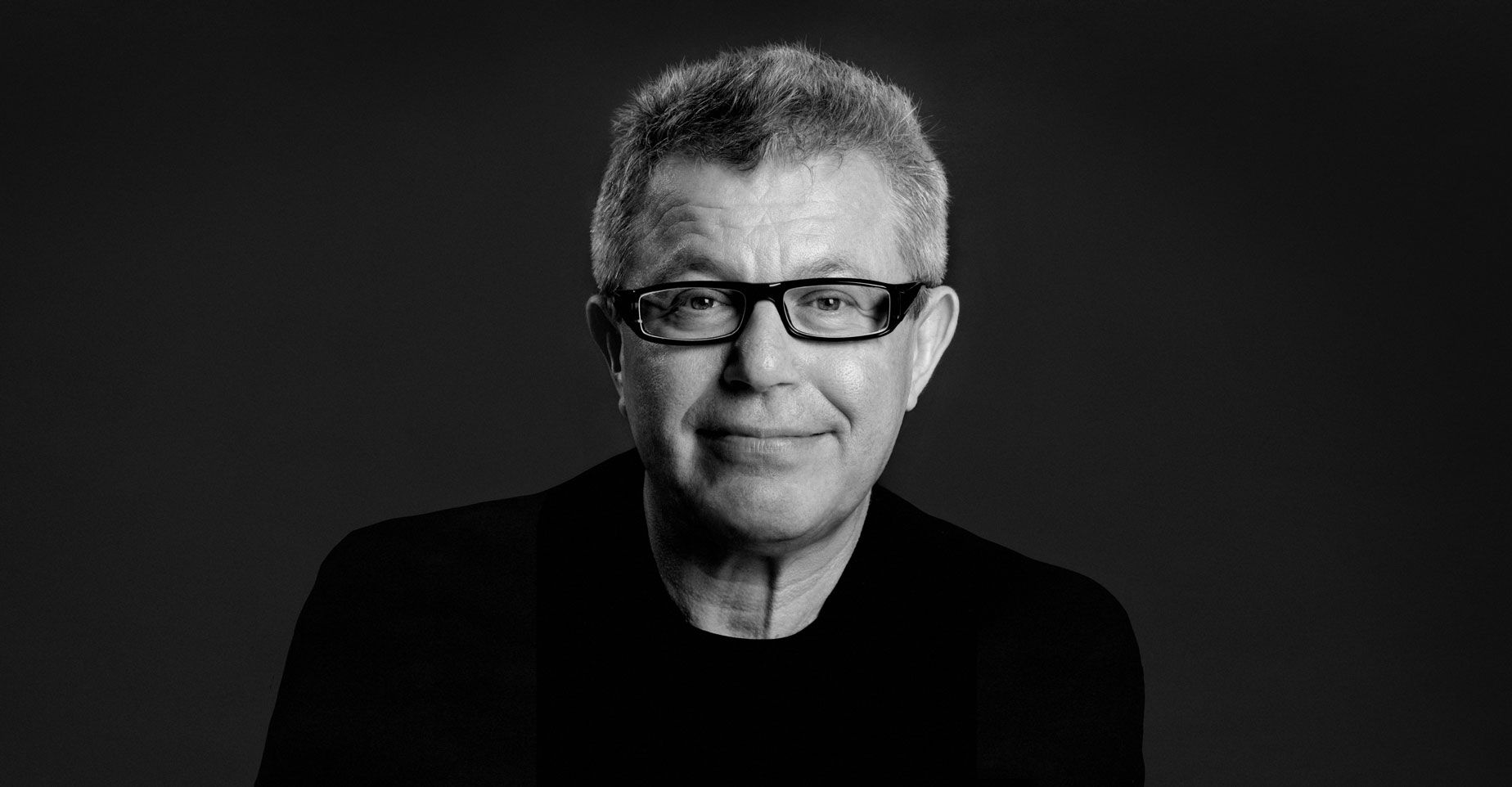
Libeskind is quite famous for designing buildings that allude to, and recall, a society’s cultural memory. He believes that design must develop from the cultural context of its site and, thus, his creations string together the three aspects of the same- time, memory, and architecture. His raw and honest interpretations and then representations of culture and history strike a nerve and makes one pause to ponder.
What is your design philosophy?
An architect is more than his or her learnings. They are the product of their ideologies. Through the philosophy of some of the most known names in the Architectural industry, we want to highlight a similarity in all of them. It is their uniqueness.
Throughout an architect’s journey, the process of uncovering and comprehending the evolution of their design philosophies transpires with each project. We, at Novatr, understand the importance of touching base with first and then gradually learning to hone the same. Thus, we have curated a series of online design courses to further help an architect along their journey of realizing their voice and determining how to manifest the same in their various projects.
Your design philosophy will be what distinguishes your creations from another’s because, as they say, no two minds think alike. So let’s get thinking!
Methods for Learning Architectural Philosophies
Learning architectural philosophies requires both study and practice. Here are effective ways to build understanding:
Study architectural history to trace ideas across eras.
- Analyze masterworks by renowned architects.
- Take a building information modelling course to apply theory in practice.
- Engage in design critiques to refine perspectives.
Conclusion
An architect’s design philosophy is the lens through which every project is conceived, shaping not only the form and function of their creations but also the experiences they provide. While each architect’s journey is unique, understanding their philosophies offers invaluable insights into how personal beliefs, cultural context, and innovation converge in architecture. By studying, practicing, and reflecting on these principles, aspiring architects can discover and refine their own design voice, one that will set their work apart and leave a lasting impact on the built environment.
FAQs
1. What is a design philosophy in architecture?
It is the guiding principle or belief system that directs how an architect approaches design, form, and function.
2. What are the 5 principles of design in architecture?
Balance, proportion, rhythm, emphasis, and harmony are considered the core design principles.
3. Why is design philosophy important?
It helps architects maintain consistency, connect with users, and create meaningful, sustainable spaces.
4. Which architect is most famous for their design philosophy?
Architects like Le Corbusier, Frank Lloyd Wright, and BV Doshi are often noted for influential design philosophies.
5. How do you develop your own design philosophy?
Study architectural history, reflect on personal values, and test ideas through practice and projects.

 Thanks for connecting!
Thanks for connecting!


.png)


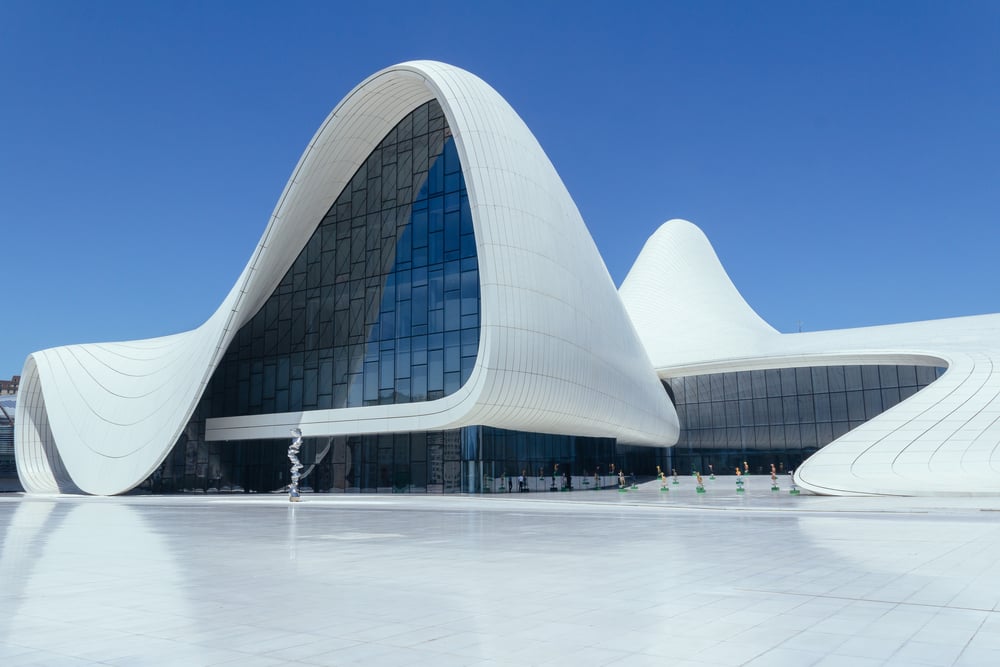
-1.png)
